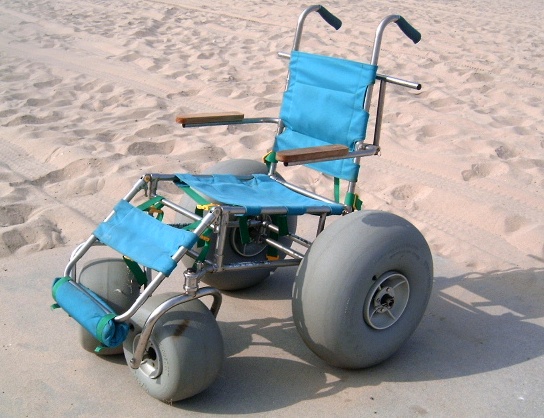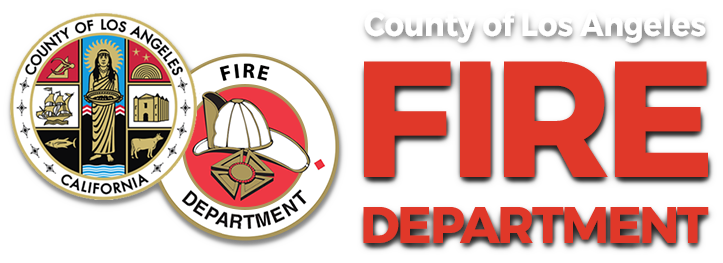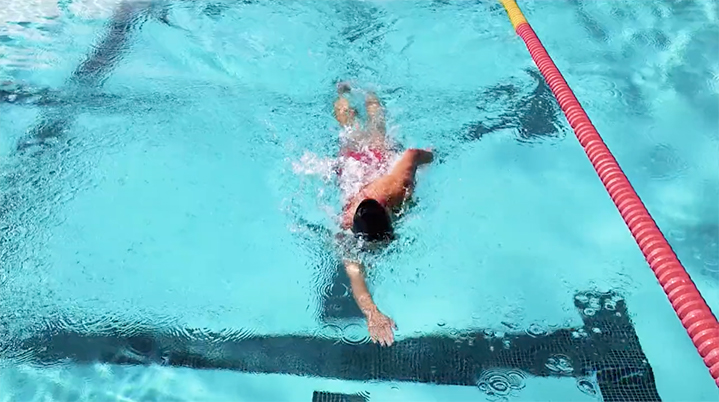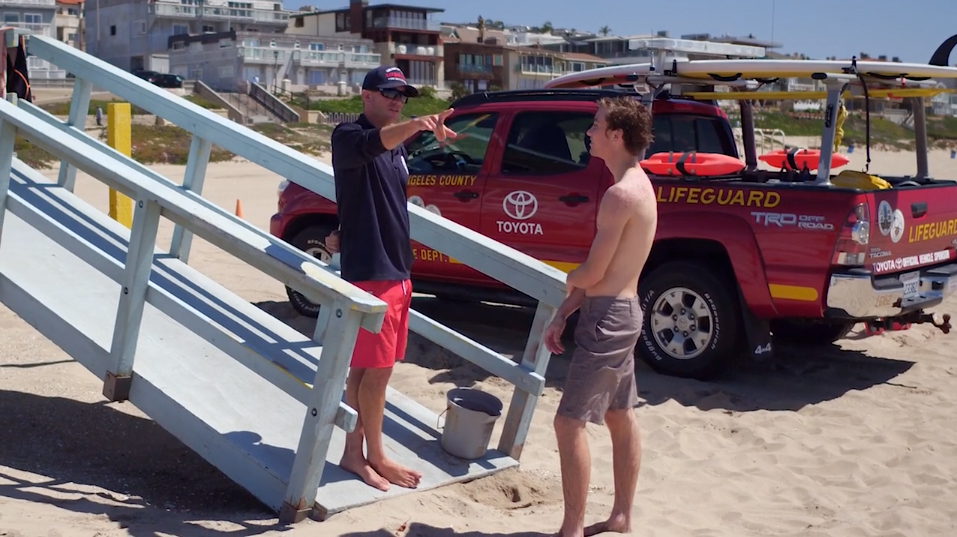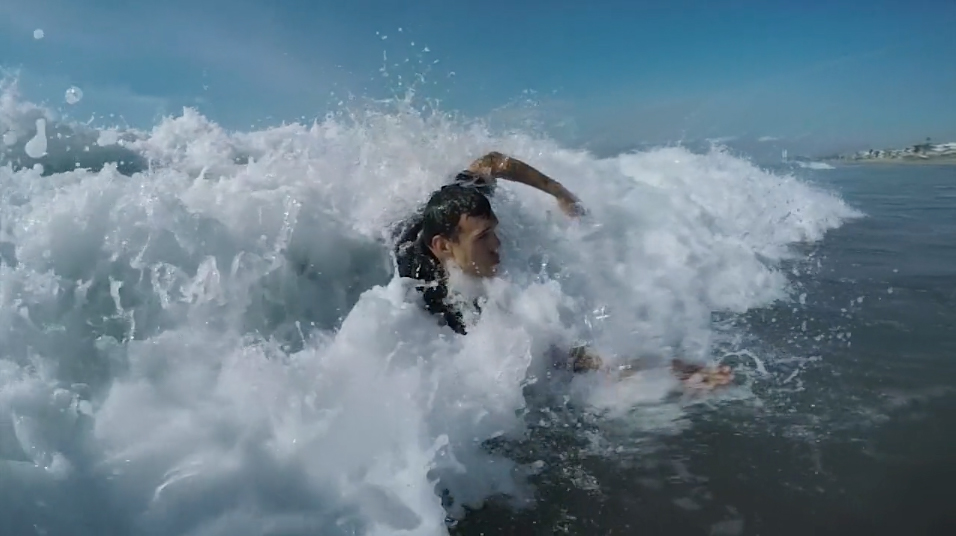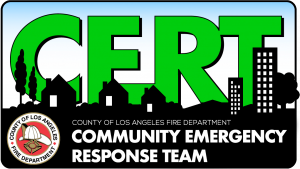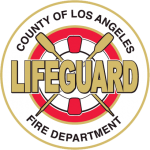
Be a Lifeguard
The Los Angeles County Fire Departments lifeguards have a long-standing tradition of being one of the top ocean lifeguarding agencies in the world. Whenever we offer our exam, we are looking for quality individuals with a strong aquatic background (swimming, surfing, etc.) to continue this tradition.
How to Become an Ocean Lifeguard
Any prospective candidates will meet the following prerequisites:
- Valid CA Driver License
- 18 years of age by start of Ocean Lifeguard Training Academy
- Graduation from high school or its equivalent
As you look through the roadmap below, remember, each image below represents a step on the path. If you click the step beneath each image you can get more detailed information of that part of the process.
TRAIN FOR THE EXAM
Lifeguards recommend a minimum of six months training time prior to the exam. The best way to prepare for the 1,000 meter ocean swim exam is to train with a masters, school or club swim team. At the very least, swimming three to five days a week is advised.
The test is very competitive, so try to be in the best swimming shape possible. Ocean swimming can be very different than pool swimming, so practicing in the ocean is also a must. When you train in the ocean, remember to ask a lifeguard about the ocean conditions and any possible hazards.
Click the button below for a list of municipal pools.
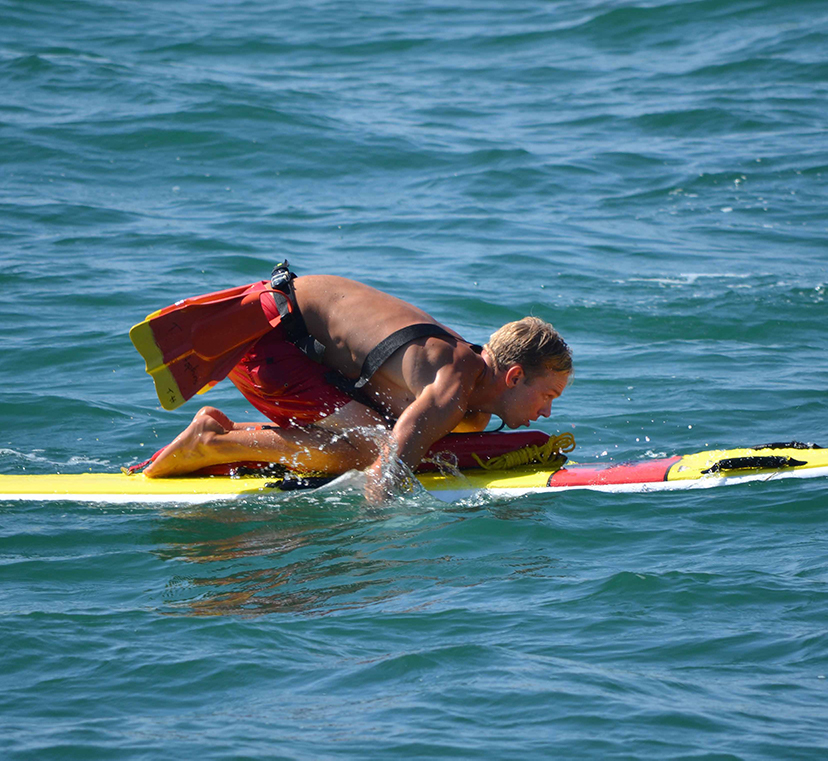
APPLY
Applying to become a lifeguard with the Los Angeles County Fire Department is completed through GovernmentJobs.com (click here).
For the latest information regarding future job opportunities, fill out our interest card by clicking the button below.
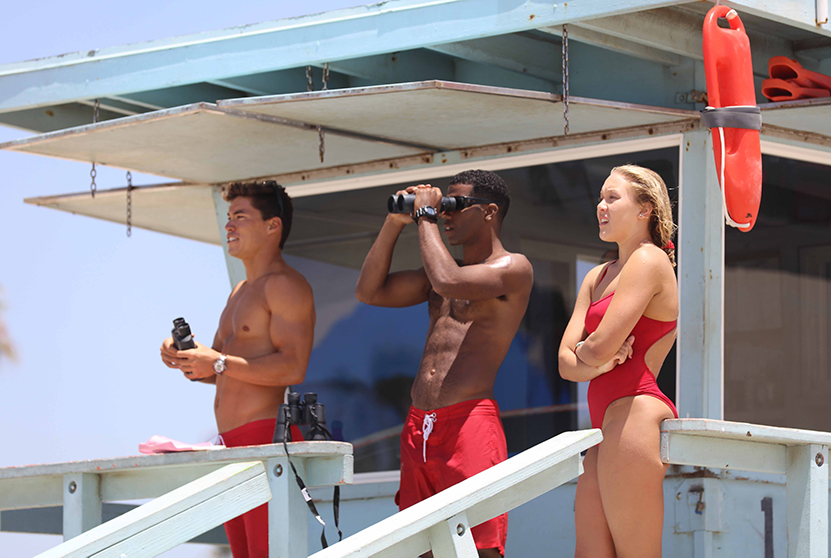
TAKE THE EXAMINATION
The exam consists of three parts: an evaluation of your training and experience, a multiple choice test and a performance test that includes a 1000-meter swim.
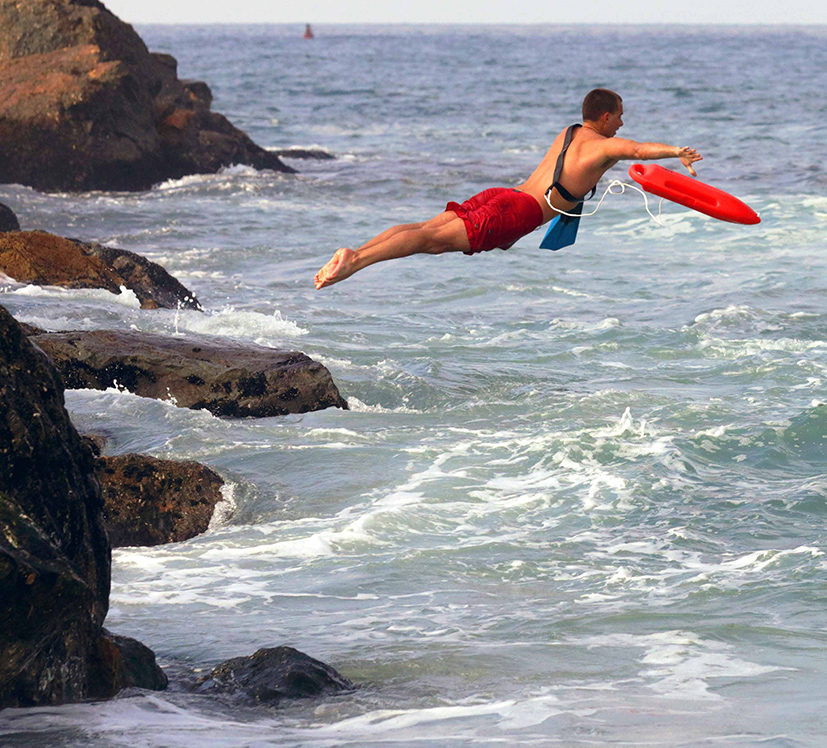
PASS THE BACKGROUND CHECK & PHYSICAL EXAM
After passing the background check, each candidate is scheduled for a detailed physical examination at a County-affiliated medical office. Physicals include vision, hearing, strength, flexibility and fitness testing.
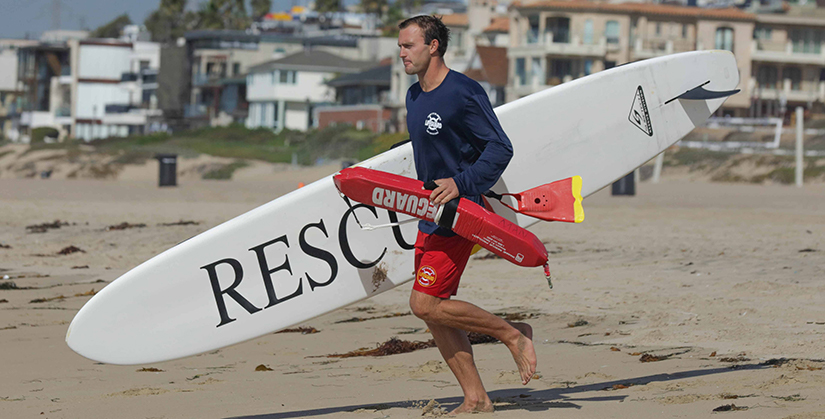
GRADUATE THE LIFEGUARD TRAINING ACADEMY
Candidates who pass the stages will receive an invitation to join the training academy which is a rigorous 100-hour course held over five consecutive weekends in the Spring. At the academy, candidates are taught the principles of lifeguarding with an emphasis on ocean dynamics, rescues, first aid, rescue boat operations and more.
Candidates will be paid during their time in the training academy.
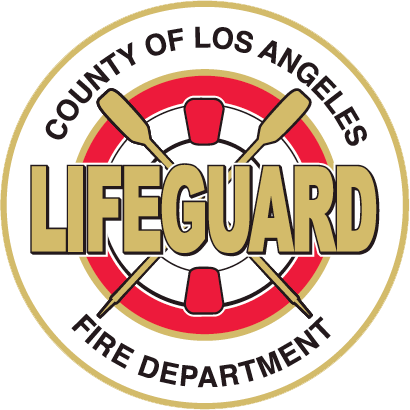
BECOME AN OCEAN LIFEGUARD
After completing the lifeguard training academy, candidates become recurrent lifeguards, and have the option to work a summer schedule or be available to work on a day-by-day basis.
Summer schedules are full-time; five days a week for 40 hours with possible overtime. Peak summer season begins in the last week of June and lasts through the first week of September.
During the rest of the year, recurrent lifeguards can make themselves available to work on an as-needed basis. New recurrent lifeguards must work a minimum of 20 shifts per year. Weather, ocean conditions and special events determine the amount of lifeguards hired each day.
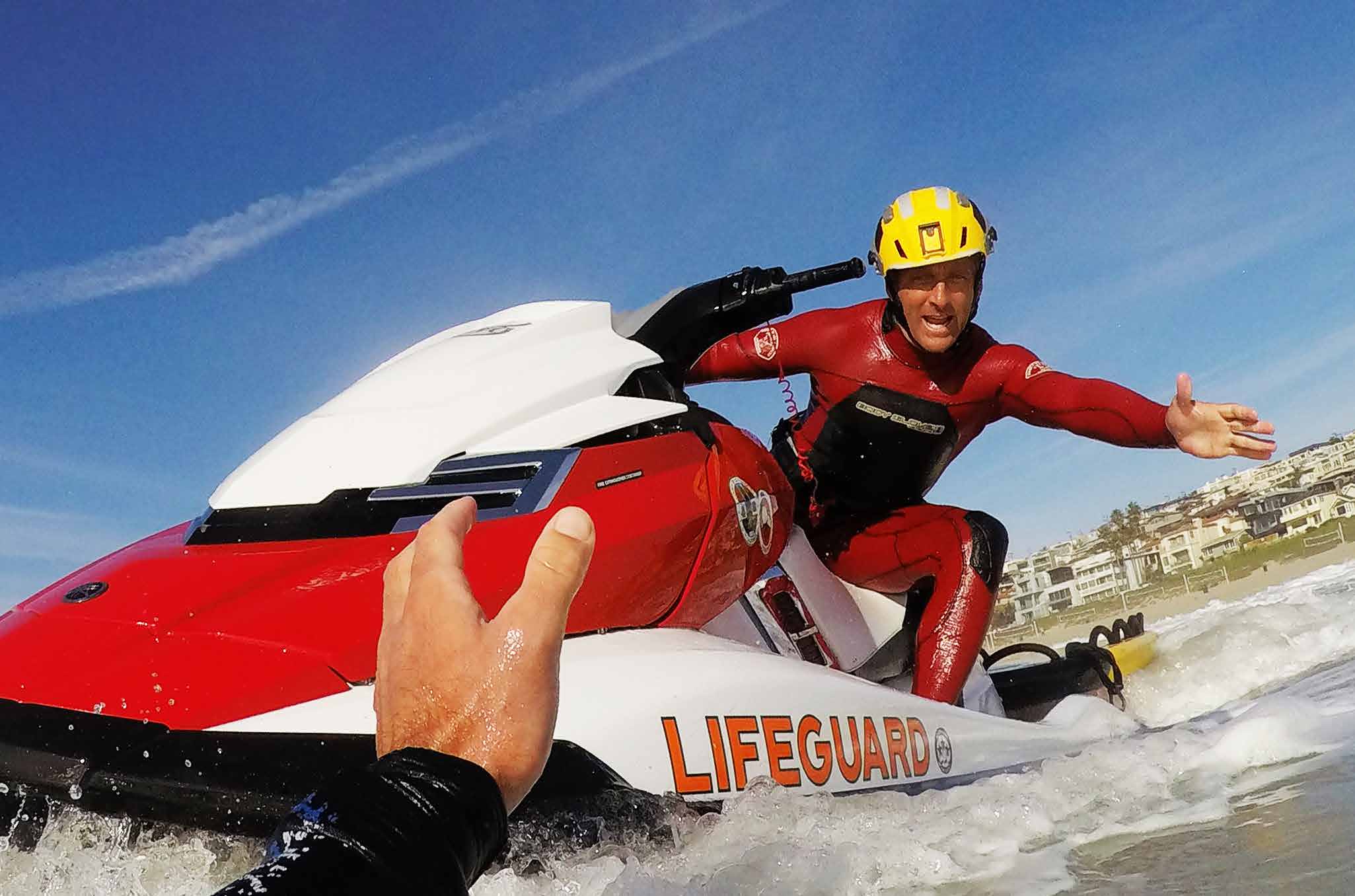
INTERESTED IN BECOMING A LACoFD LIFEGUARD?
FILL OUT OUR INTEREST CARD!
The flags mark the designated swimming and body-boarding area. There is no surfing allowed between the flags. The lifeguard places the Flags in the safest area to swim away from rip currents and inshore holes. Depending on the season and activity, you may see the two flags crossed. This serves as a designated point of reference to keep swimmers and surfers separate.
A rip current is a dangerous channel of water leading out to sea. Water left onshore by breaking waves needs somewhere to go and the force of this water forms lateral currents, called feeders, that feed the neck of the rip current. Water rushes out to sea in the neck of the rip current and disperses at the head of the rip current. Usually waves do not break in the rip current’s neck; the water is brown and murky from the sand kicked up by the water. Click below for more information on rip currents:
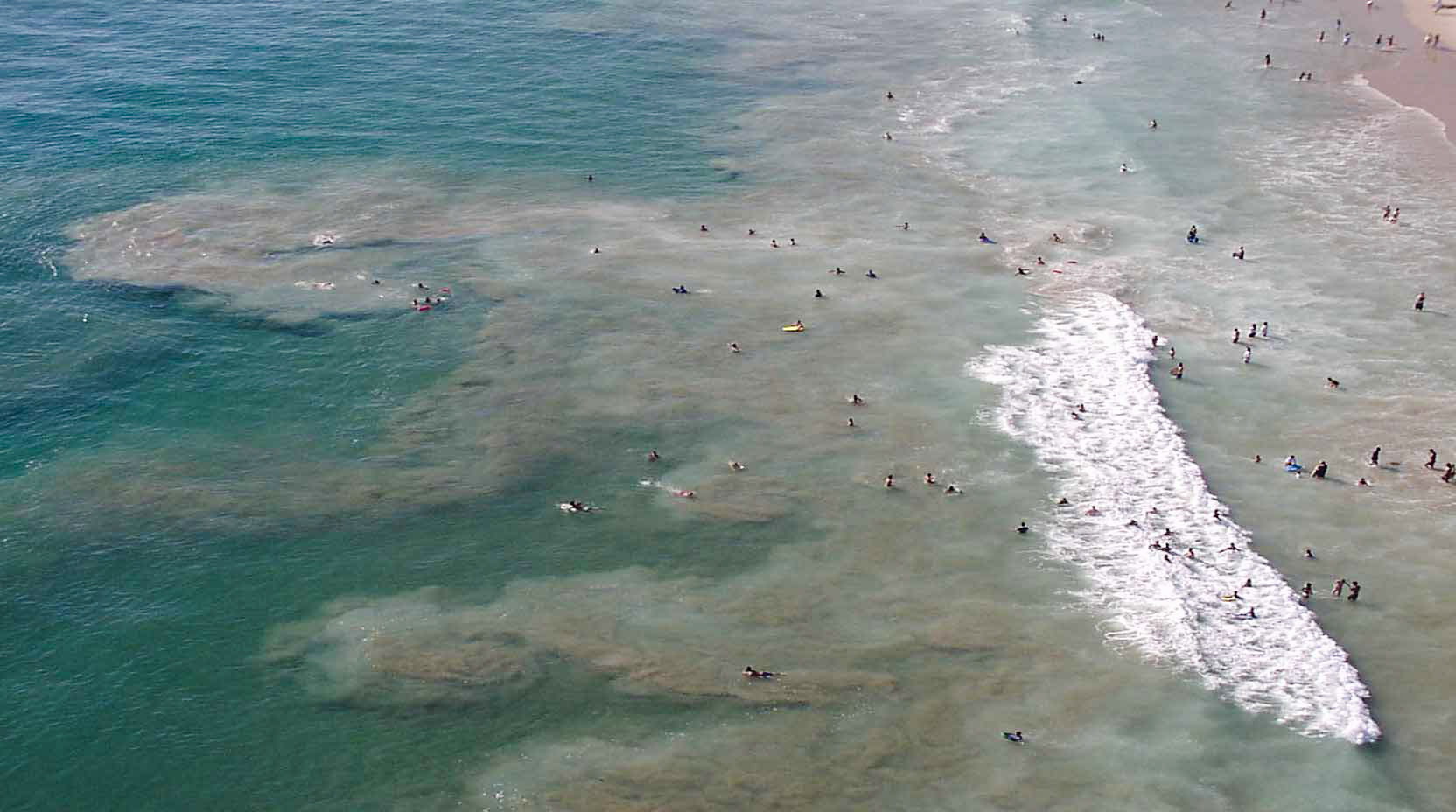
At certain times of the year, especially during or after periods of large surf, the ocean bottom can be very uneven. Waves break in shallow water and displace the sand on the ocean floor. Ocean patrons may notice this condition while walking through the water close to shore, when just one step sends you from ankle-deep to waist-deep water. These areas may be somewhat difficult to identify. Consult the lifeguard prior to entering the water to get a report of the conditions.
The Los Angeles County Lifeguards call this the black ball flag. You will see this flag posted under the American flag at the lifeguard towers when conditions require it. This flag lets surfers and other beach patrons know that the area around the lifeguard tower is for swimming and body boarding only.
The area inside the orange cones is designated as emergency parking for lifeguard vehicles. Every open lifeguard tower and main lifeguard station will have this area set up in case of emergency. For your safety and the safety of others, you should stay outside the cones so that emergency vehicles and personnel can conduct their business efficiently. Consult the nearest lifeguard if you are unsure of where to sit, to ensure that you are situated in a safe place.
Fiberglass and foam surfboards, body boards and inflatable canvas surf mats are the only acceptable flotation devices on Los Angeles County beaches. Other inflatable flotation devices are not allowed in the water.
If you come across any sea creature on the beach, do not touch it or attempt to help it. The best thing you can do is notify the nearest lifeguard and they can contact the proper authority.
First of all, try not to touch the site where you came in contact with the jellyfish. Consult the nearest lifeguard and he or she will treat you appropriately. Usually, treating the sting with a mixture of vinegar and saline water will alleviate the pain.
Go straight to a lifeguard for treatment. The venom from the sting ray barb will cause intense pain, so getting to a lifeguard for treatment is imperative. For a copy of our Stingray Handout with more detailed information click here:
No. Overnight camping is prohibited on all Los Angeles County beaches.
*Dockweiler beach does have an RV Parking Lot that is run by the L.A. County Dept. of Beaches and Harbors.
There are no pet animals allowed on any beach in Los Angeles County. The only exception to this rule is if you have a service dog to assist you with a disability.
Fires of any kind on the beach are allowed at only three locations in Los Angeles County: Cabrillo Beach, Dockweiler Beach and Mother’s Beach. All fires must be contained in the provided fire rings. Fires must be maintained at a reasonable level. Do not stack palates or other forms of wood higher than the level of the ring. Do not use gasoline or other fuels to intensify the flames. When you are ready to leave, simply allow the fire to burn out. Do not pour sand, water or any other form of fire retardant on the flames.
Generally the beach is first come, first served unless a permit is obtained. See the following link for more details:
Information for the Junior Lifeguard program and the registration process please, follow this page for updated information.
*If you are unable to access the website please call (310) 939-7214.
Ordinances state that there is:
- No swimming / wading / surfing / body boarding permitted after sundown.
- No overnight camping.
Other than the above rules, the beach does not technically close.
The Los Angeles County Fire Department Lifeguard Division has a supply of beach-specific wheel chairs that are located up and down the 72 miles of L.A. County coastline. Click below for more information:
